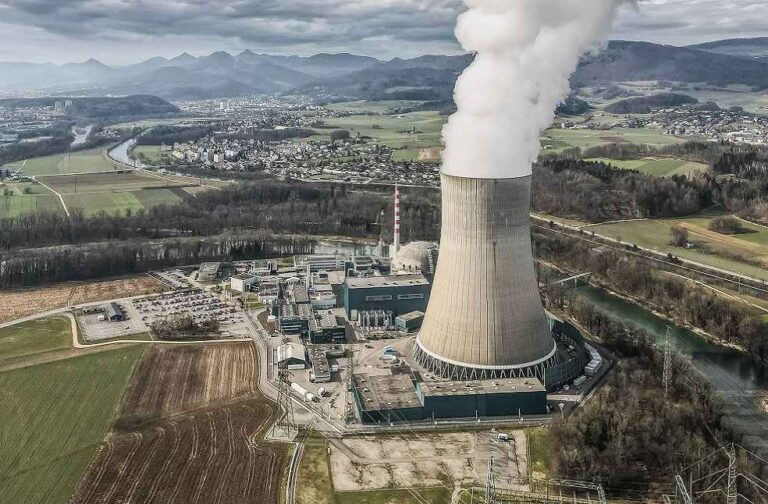One danger that could absolutely wipe off our species is nuclear power. Since the invention of nuclear power, governments and multilateral organizations have struggled with how to use this power and who can be trusted with it. Although society greatly benefits from the availability of reliable power.
According to the International Nuclear and Radiological Event Scale (INES), nuclear accidents are graded on a scale of severity. This eight point sliding scale, developed in 1990 by the International Atomic Energy Agency (IAEA), might be thought of as the nuclear version of the Richter scale.
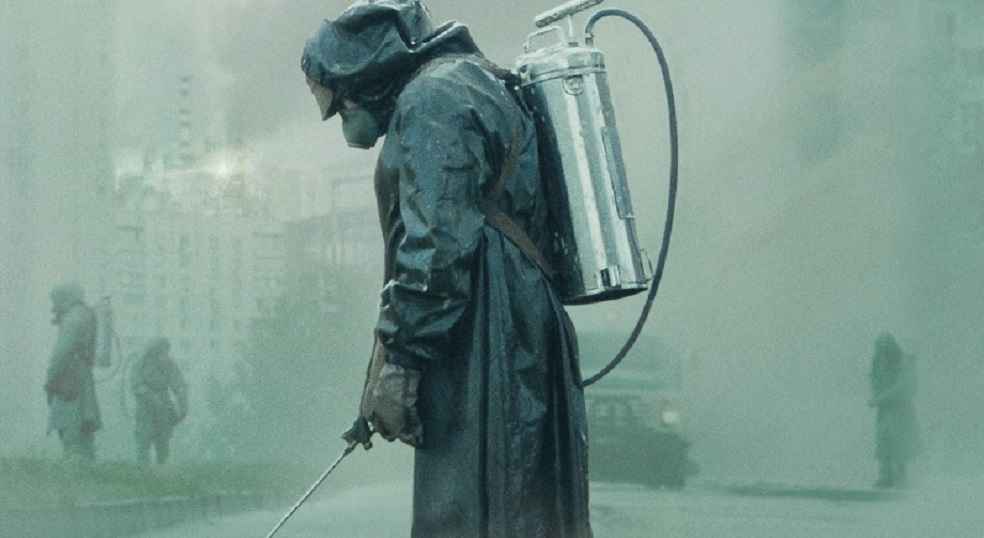
A devastating tsunami was also brought by the 9.0 on the Richter scale earthquake that rocked Japan on March 11, 2011. The Fukushima Daiichi nuclear power plant, which suffered a partial meltdown two days after the earthquake, was one of the most severely damaged locations. The tragedy, which hasn’t shown any indications of slowing down, has been dubbed the greatest nuclear accident since the Chernobyl disaster in 1986.
Let’s take a look at the most dreadful nuclear disasters in history.
CHERNOBYL
The deadliest nuclear catastrophe in history of mankind occurred on April 26, 1986, at the Chernobyl nuclear power plant in Ukraine.
The reactors discharged radioactive fallout into the atmosphere at a rate 400 times greater than the atomic bombing of Hiroshima. Much of western Soviet Union was covered by the radioactive cloud as it travelled.
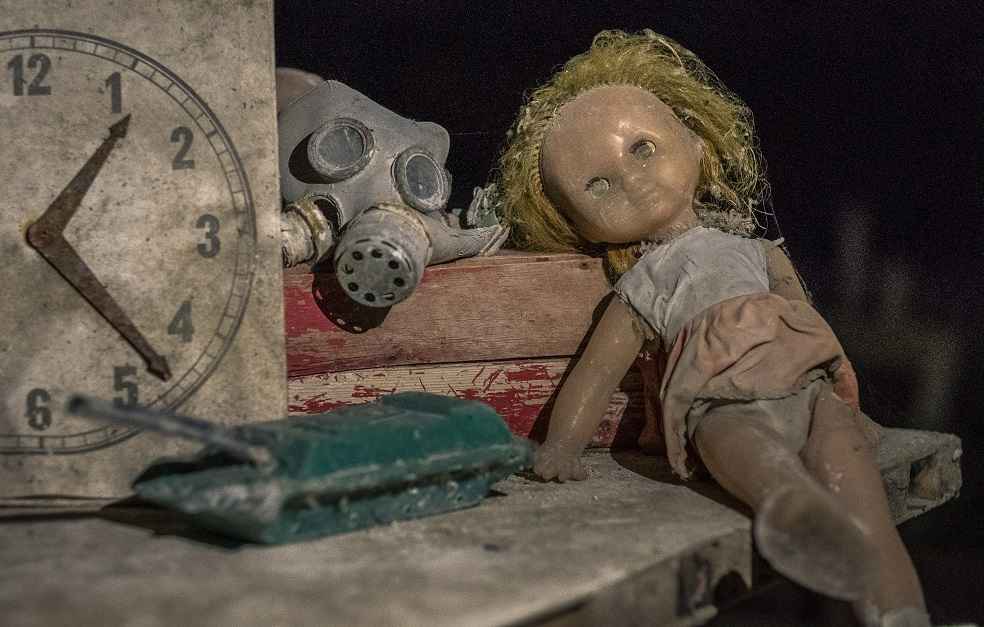
The accident also impacted portions of Eastern, Northern, and Western Europe. At the time of the accident, fifty individuals died at the reactor site, but it is unknown how many others in Europe were exposed to the radioactive plume.
According to research from the World Nuclear Association, more than a million people may have been radiation exposed. It seems unlikely that the whole scope of the destruction will ever be understood, though.
FUKUSHIMA
The Great East Japan Earthquake, which struck on March 11, 2011, registered 9.0 on the Richter scale and produced a 15-meter tsunami that cut out the power and triggered three reactor meltdowns at the Fukushima Daiichi plant.
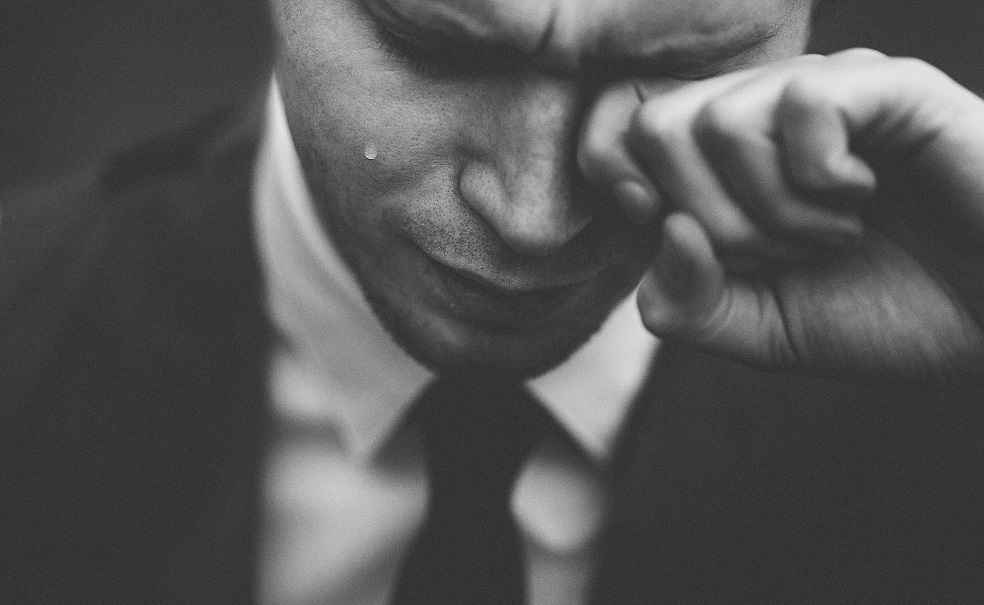
According to official statistics, an evacuation process that evacuated more than 100,000 individuals resulted in over 1,000 fatalities. The infrastructure and risk forecasts may not have been suitable for such a terrible natural disaster, according to later research. Only two accidents, the first being Chernobyl, in history have ever received the most serious Level 7 classification.
KYSHTYM
The Mayak factory near Kyshtym, a town in Chelyabinsk Oblast, Russia had a tank with a subpar cooling system. When it failed, the tank’s rising temperature resulted in an explosion that contaminated about 500 miles of the area nearby.
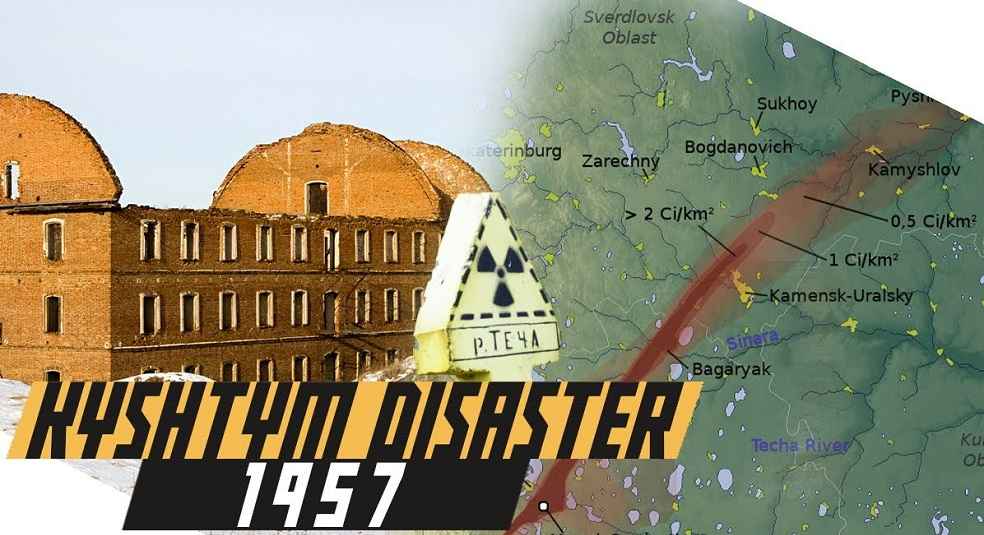
The Soviet administration first refrained from making a statement, but after a week they were forced to. 10,000 individuals were relocated after some started showing symptoms of radiation sickness. At least 200 persons are estimated to have died from radiation exposure, despite the Soviet government’s refusal to provide any information about the event. In 1990, the Soviet authorities declassified information regarding the catastrophe.
WINDSCALE
Before Three Mile Island, which occurred 22 years later, Windscale became the scene of the greatest nuclear catastrophe ever to occur anywhere in the world on October 10, 1957. When the US successfully developed a nuclear bomb that utilized tritium, a facility there that had been constructed to create plutonium was used to produce tritium for the UK.
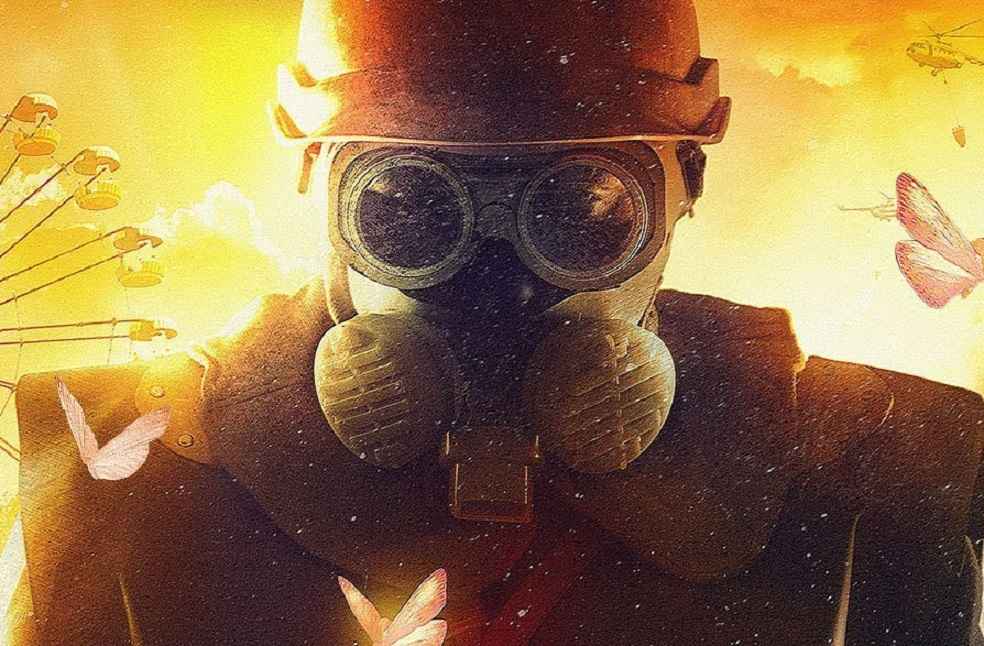
But since the reactor had to operate at a higher temperature than what was supported by its design, it eventually caught fire.
Operators first feared that dousing the flames with water would result in a hydrogen explosion, but as the crisis worsened, they eventually caved in and did so. It eventually worked, but not before a significant amount of radiation was released into the neighborhood. According to 2007 research, the incident is likely to have caused more than 200 cancer cases in the neighborhood.

THREE MILE ISLAND
On March 28, 1979, the Three Mile Island nuclear power station in Pennsylvania, USA experienced the worst nuclear disaster in American history. There were no fatalities and only a partial meltdown happened as a result of the cooling system failing. Nevertheless, despite the positive outcome and the passing of more than 30 years, people who are old enough to remember the episode still vividly recall it.
The catastrophe had a significant impact on the nuclear power sector in the United States. The construction of new reactors, which had been rising rapidly since the 1960s, significantly halted as a result of the meltdown, which caused many Americans to have second thoughts about the dangers of using nuclear power.
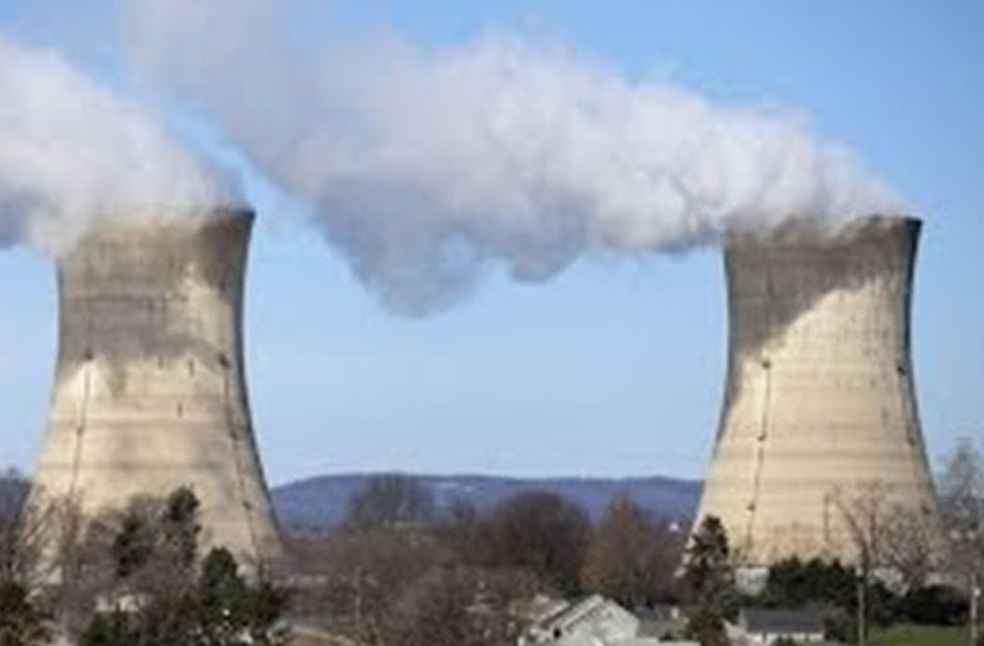
In just four years, almost 50 nuclear plant building proposals were shelved, and from 1980 through 1998, there were fewer active projects overall.


